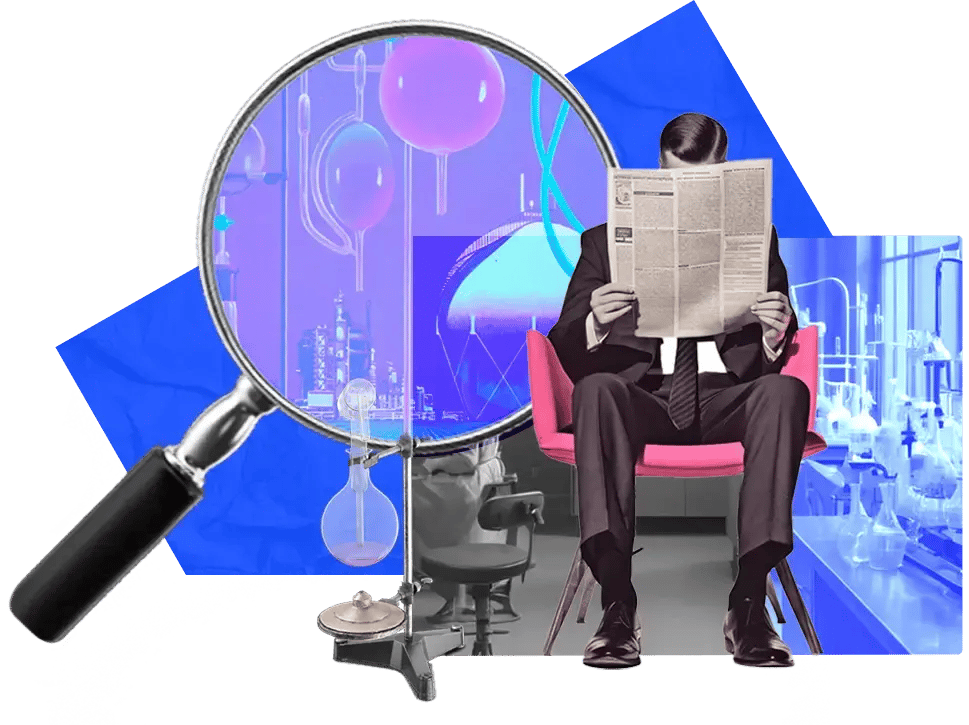 Product Development
Product Development
ITONICS INNOVATION BLOG
Let's talk innovation
Inspiring insights and best practices on innovation management, foresight, and strategy.

 Product Development
Product Development
 Strategy
Strategy
The Modular Partner Ecosystem: 8 Non-Negotiable Design Rules
08 Dec 25 | 16 mins read
 Innovation
Innovation
The 3 Biggest Challenges in Foresight (and How to Solve Them)
05 Dec 25 | 9 mins read
 Product Development
Product Development
Feature Prioritization at Scale: How to Fix Broken Product Backlogs
03 Dec 25 | 16 mins read
 Innovation
Innovation
RFP Template for R&D and Product Development Software: 26 Core Q&As
03 Dec 25 | 18 mins read
 Innovation
Innovation
Top 10 Most Popular Idea Management Software 2026
03 Dec 25 | 25 mins read
 Product Development
Product Development
Product Development Methods: 8 Emerging Trends to Know in 2026
02 Dec 25 | 21 mins read
 Innovation
Innovation
Weak Signals to Opportunity: 6 Advances in Automated Horizon Scanning
01 Dec 25 | 10 mins read
/venture-clienting-for-dual-use-startups-guidelines-full.webp??&width=900&height=450&name=venture-clienting-for-dual-use-startups-guidelines-full.webp) Innovation
Innovation
Operationalizing Venture Clienting: A Framework for Dual-Use Startups
25 Nov 25 | 15 mins read